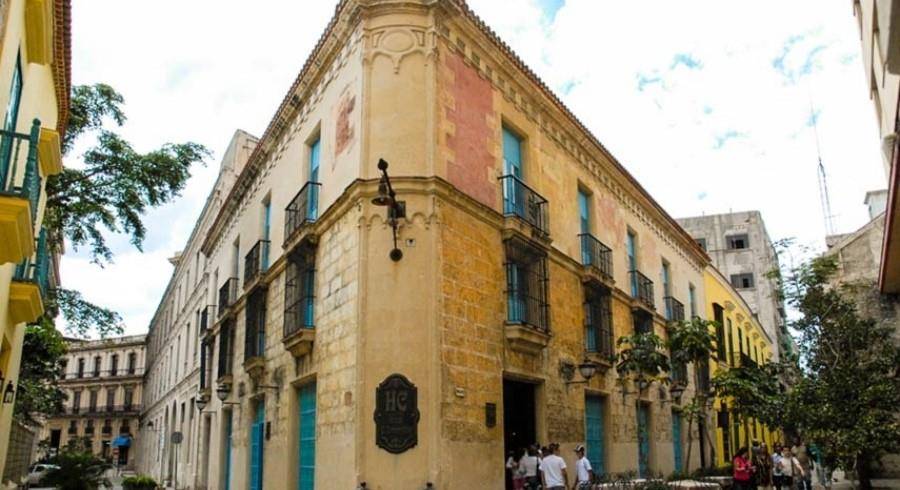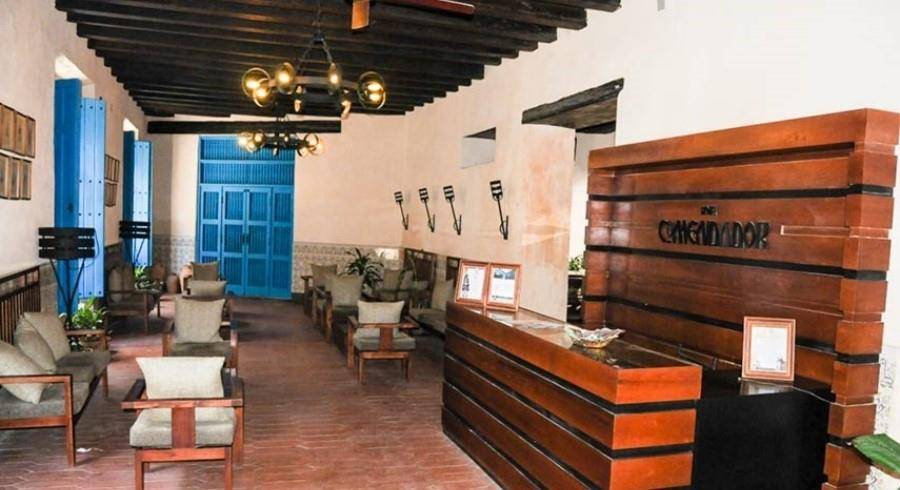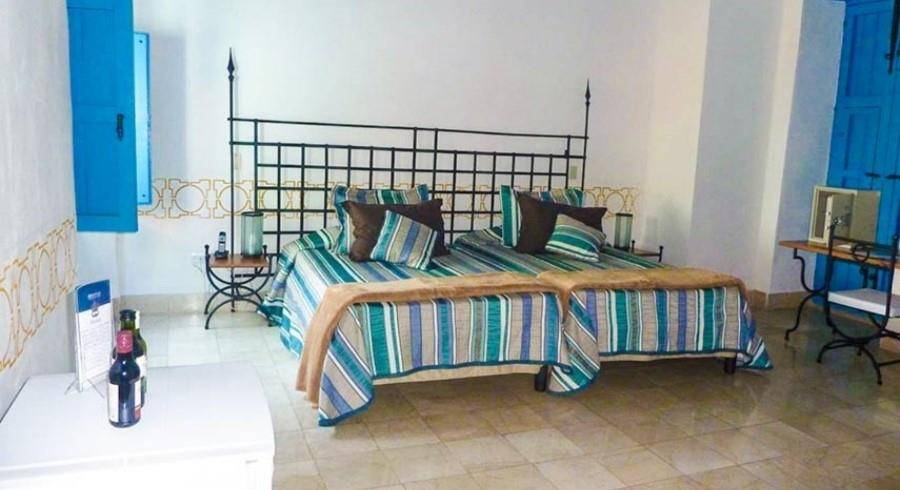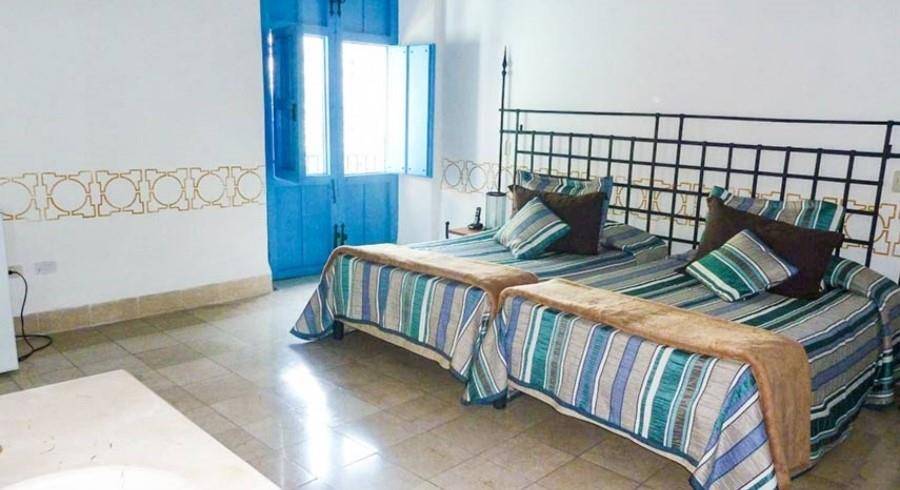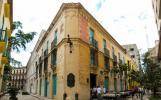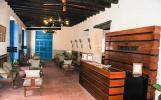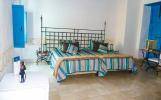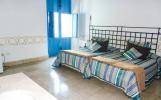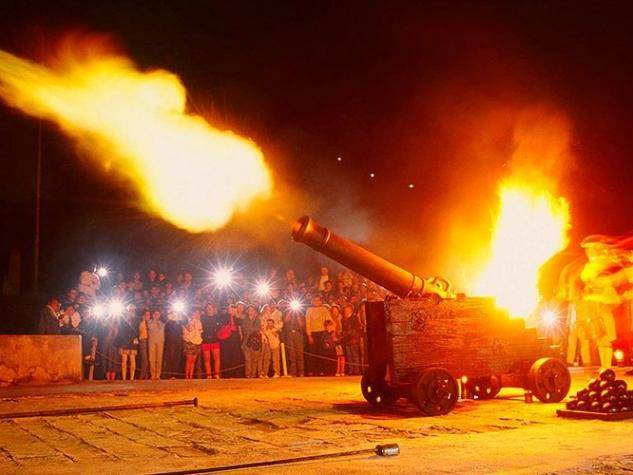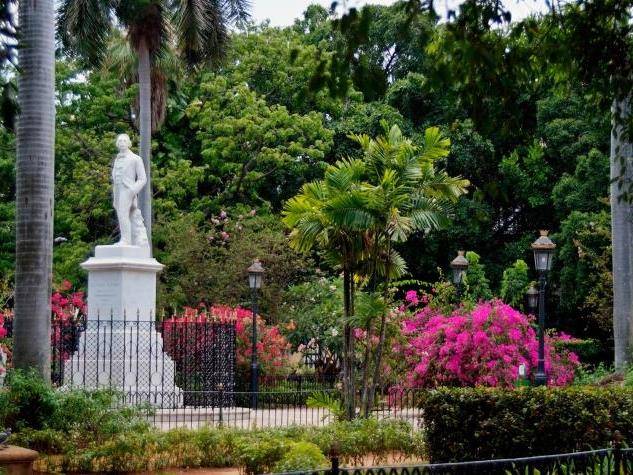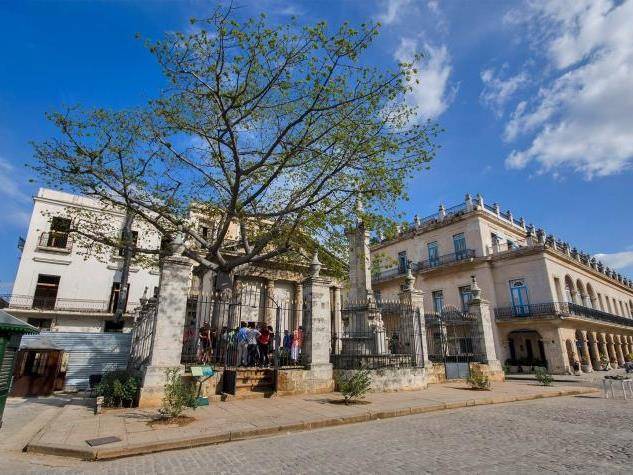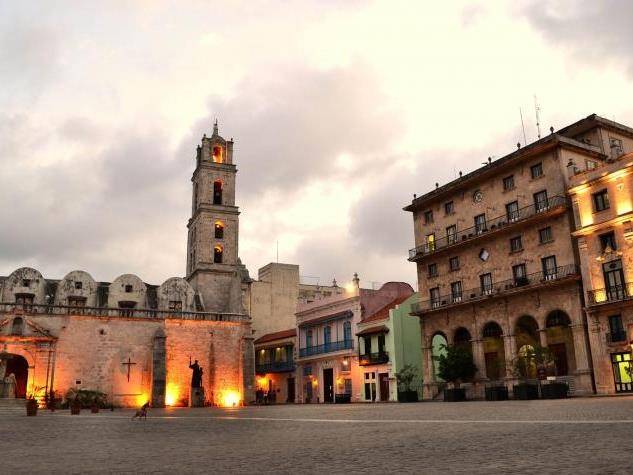
San Francisco de Asís Church and Convent
The San Francisco de Asís Church and Convent is the current scenario of the richest cultural traditions. This is one of the most extraordinary convent and church complex of the colonial time. The construction of the current set dates from 1738, and it replaced a more modest one completed in 1591. After a restoration in the nineties, the architectural group has harbored, also, a concert hall and the Holy, Sacred and Religious Art museums. The most significant element of the Church is the Tower 42 meters of height, second in altitude at the colonial time.

